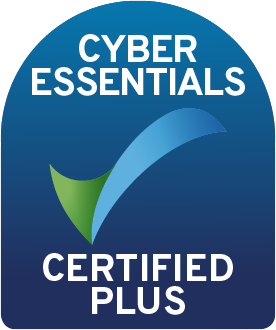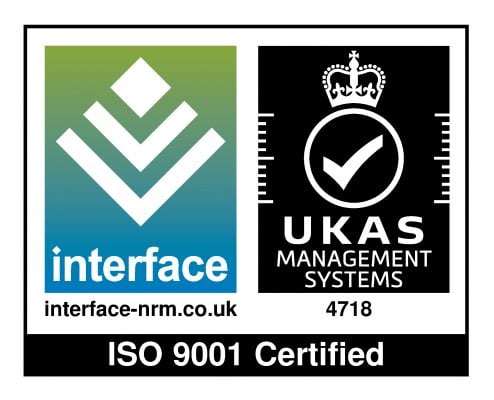By now, we all understand just how crucial L&D is for business growth and success. It’s no longer a ‘nice to have’ but a ‘need to have’. However, in a time where budgets are thin and resources are stretched, there is a huge amount of pressure on L&D teams who are required to deliver a strong ROI for training opportunities. So how should L&D teams respond? One of the best ways is to focus on delivering the most effective learning and development courses using an online platform.
What are online learning and development courses?
Online learning and development courses are typically delivered via an e-learning platform such as a learning management system (LMS). Much like traditional offline learning courses, they are structured, linear, and focused on specific L&D requirements such as skill acquisition or career development opportunities.

What are the benefits of online learning and development courses?
- Deliver self-paced and autonomous learning opportunities
- Online courses can be highly interactive and engaging
- Can be more cost-effective than offline learning courses
- Allow learners to learn anywhere and at any time
- Diversify content types and appeal to a variety of learning preferences
How to build effective online learning and development courses
So, you’ve chosen your perfect LMS, you’re working with a top LMS partner, you’ve designed a comprehensive L&D strategy, and now it’s time to build some effective L&D courses. Follow these tips to get started:
1. Define your learning objectives and goals
When creating an L&D course, you need to start with the fundamentals. What are the core learning objectives and goals? These may look different for each course so it’s vital you map these out at the beginning.
To help you define these objectives, ask yourself questions such as what do you want your users to learn from this course? What skills are you wanting them to acquire? What is the purpose of this course? Better job efficiency, upskilling, or providing management development opportunities? Once you’ve identified these objectives and goals, they will provide structure to the course development process.
2. Determine who the course is for
To ensure your learners get the most out of the L&D course, tailor it to the target audience if you want to see higher engagement levels.
For example, if a learning and development course is designed to help upskill experienced management employees, you’ll want to skip the basics. On the other hand, when designing an onboarding course for a new starter, you may want to be as thorough as possible, covering basic information about company policies and workplace culture that they won’t be aware of.

3. Draft the content
Next, you can start to draft your content or adapt existing content. Remember to keep your audience in mind. For example, are these courses going to be completed by employees during a working day? If so, try breaking up content into smaller, bite-sized chunks that can be digested in the flow of work. Using an LMS means you can take advantage of the microlearning strategy which makes learning and development courses more manageable and engaging as a result.
4. Choose your delivery format
Using an online learning platform opens up your learning and development courses to a variety of delivery formats and content types. With an LMS, you can move away from plain text content and diversify the lessons within your course, incorporating content types such as videos, gamified lessons, and situation training.
If you’re looking to incorporate a high level of interactivity in your courses, you may wish to work with a bespoke content developer. While this can come at an additional cost, the quality of this content type can significantly boost ROI. Find out more about this here by reading our interview with content developer Ben Reeves.

5. Evaluate and test your courses
Once you’ve created the first draft of your L&D course, take it for a test drive. Ask a test group to complete the courses and provide feedback. Here you can use your LMS’s reporting tools and analytics to gain insights such as engagement levels, how long it took them to complete the course and their end-of-course assessment results. You can continue to use these tools to evaluate and reassess the efficacy of your course after it has been officially ‘launched’.
Using an LMS means you can easily adapt and adjust your course so that your learners get the most out of it. What’s more, you can add to the course by incorporating new lessons that cover the latest in-demand skills and updated information that may boost the effectiveness of the course further down the line.
Get started today
You can only expect to get the best results from your online learning and development courses if you’ve got the right LMS and you’re working with the best LMS partner. Not quite there yet? No problem! You’ve come to the right people. Explore our platforms and services here or get in touch to see what a Hubken solution can do for your L&D.
.png)
L&D content webinar: 3 practical AI tools for bespoke e-learning design
Discover how powerful AI software can be used to rapidly create impactful and effective e-learning content in our free webinar.
.png?width=1080&height=150&name=Slim%20blog%20CTAs%20(16).png)
.png?width=1080&height=150&name=Slim%20blog%20CTAs%20(26).png)
.png?width=1080&height=150&name=Slim%20blog%20CTAs%20(13).png)



